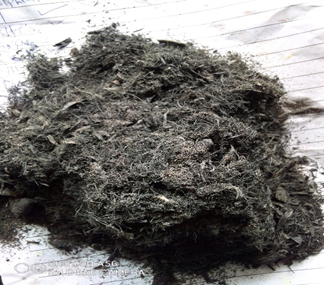Delineation of structural lineaments of Shaki West Southwestern Nigeria using high resolution aeromagnetic data
Keywords:
Fault, Lineaments, Geologic features, Upward continuationAbstract
A minor earthquake, known as earth tremor, often occurs in areas prone to seismic activity. However, there is a notable gap in knowledge about earth tremors, with little documentation conducted before 1987, but a series of notable events between 1990 and 2000 prompted researchers to delve deeper into the study of earth tremors in Nigeria. Therefore, this study is aimed at delineating the structural lineaments of Shaki West Southwestern Nigeria using High Resolution Aeromagnetic Data (HRAD) to identify the underlying basement geology and define the structural framework of the study area. The study area’s aeromagnetic data of Shaki (Sheet 199) underwent processing and interpretation using Oasis Montaj software to assess basement configuration and structural integrity. The data were further enhanced using the Total Horizontal Derivative (THDR) in order to determine the orientations of the lineaments in the study area. The orientations of the lineaments obtained from THDR map revealed that the Pan African orogeny constitutes 52%; Kibaran orogeny constitutes 31%, while Liberian orogeny constitutes 17% lineaments in the study area. The upward continuation maps suggest the presence of faults at the depth range of 2.0-2.25 km. The overall depth to magnetic sources of the area is relatively shallow compared to sedimentary basement area. Based on orientation of faults on magnetic fault map obtained from the superposition of the lineaments extracted from THDR map on the geological map of the study area, three distinct set of sinistral /dextral faults were recognized in Shaki west local government area which includes: E-W, NE-SW and NW-SE fault trend. This suggests that NE-SW and NE-SE fault-set could be responsible for the tremor experienced in Shaki west southwestern, Nigeria. It is concluded that the study area is not immune from experiencing occurrences of tremors from time to time.

Published
How to Cite
Issue
Section
Copyright (c) 2025 O. M. Adedokun, O. P. Oladejo, K. N. Alao, E. O. Adeniyi, H. Otobrise, K. O. Suleman, T. A. Adagunodo, O. Adedokun, L. A. Sunmonu

This work is licensed under a Creative Commons Attribution 4.0 International License.







